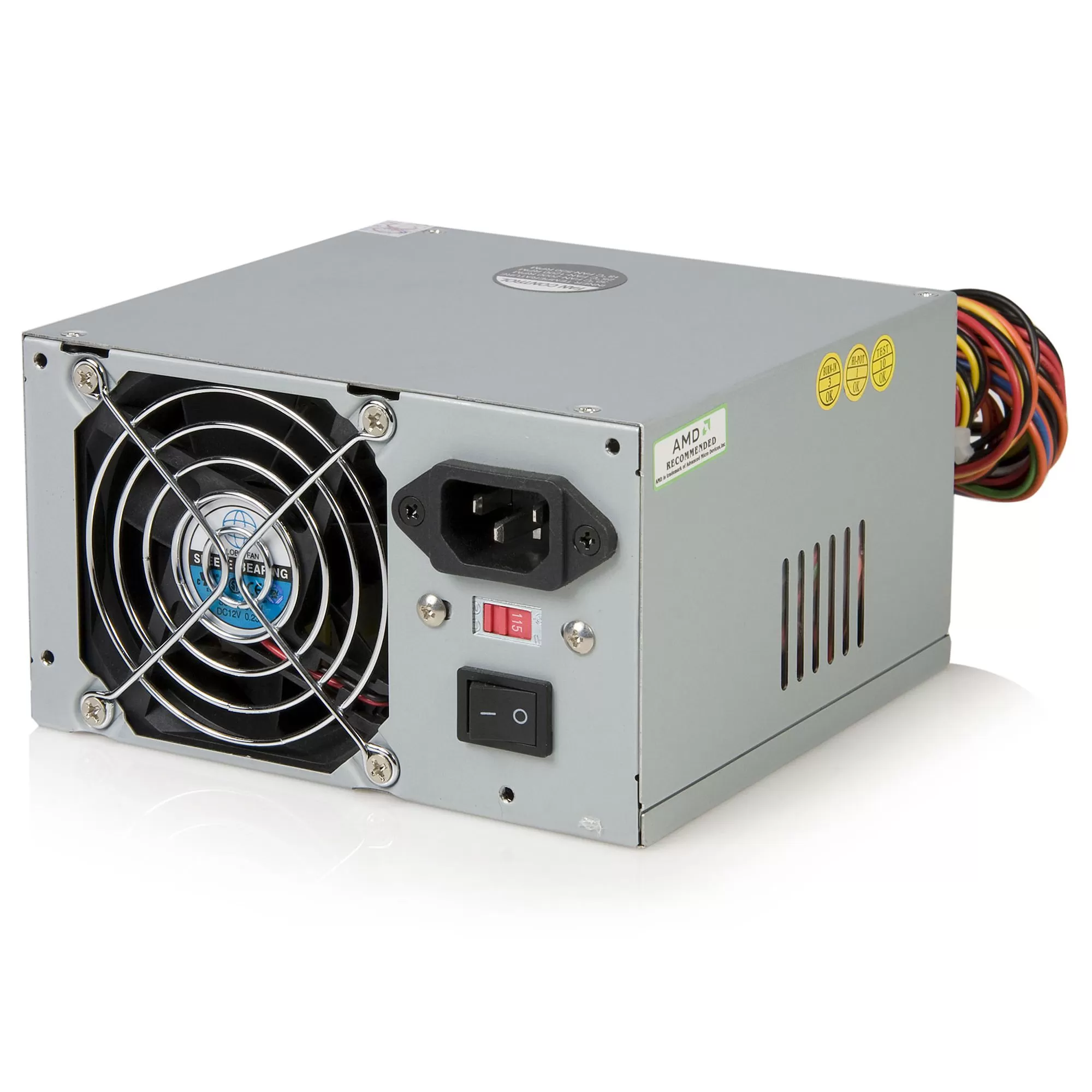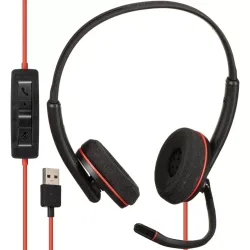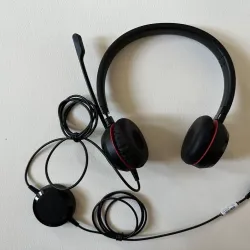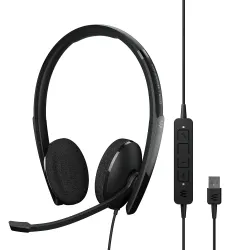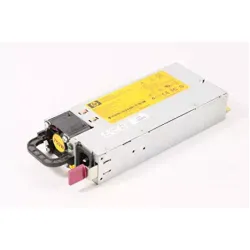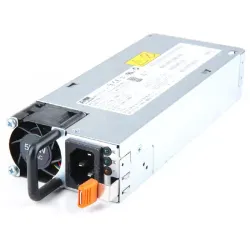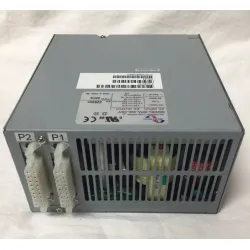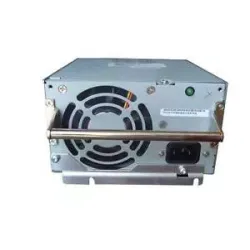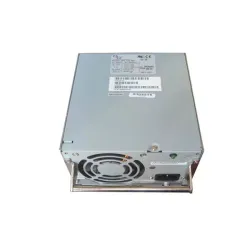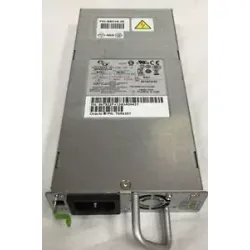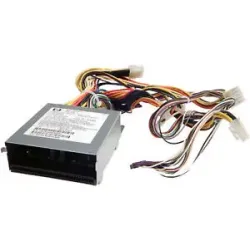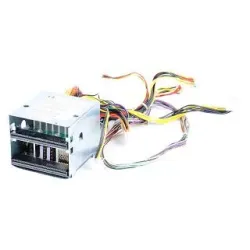Maximize Your System Efficiency with Refurbished Power Supplies| Apple, HP, Dell, IBM, Acer, Cisco, and Lenovo.
Features of the refurbished power Supply
Refurbished power supplies are previously used power supplies that have been repaired, tested, and restored to a like-new condition.
Cost Savings:
Refurbished power supplies are often significantly cheaper than new power supplies, making them a cost-effective solution for individuals or businesses looking to save money.
Warranty of Power Supply:
Many refurbished power supplies come with a warranty or guarantee, which gives buyers peace of mind that they are purchasing a quality product.
Environmental Benefits of Power Supply:
Refurbishing power supplies is an environmentally friendly option, as it helps to reduce electronic waste and promotes sustainability.
Quality Control of Power Supply:
Refurbished power supplies are typically thoroughly tested and inspected to ensure they meet the same quality standards as new power supplies.
Power supply Compatibility:
Refurbished power supplies are designed to be compatible with a wide range of devices, making them a versatile and practical option for various applications.
Input Voltage Range of Power Supply:
This is the range of voltage levels that the power supply can accept as input. Some power supplies are designed to work with only AC voltage, while others can work with both AC and DC voltage.
Output Voltage and Current:
The output voltage and current determine how much power the power supply can deliver to the connected devices. The voltage and current levels can be adjustable or fixed, depending on the type of power supply.
The efficiency of Power Supply:
Power supplies convert electrical energy from one form to another, and some energy is lost in the process. The efficiency of a power supply refers to the percentage of input power that is converted into usable output power. Higher efficiency means less energy is wasted, resulting in cost savings and reduced environmental impact.
Protections:
Power supplies can include various protection features to prevent damage to the connected devices or the power supply itself. Some common protection features include overvoltage protection, overcurrent protection, and short-circuit protection.
Form Factor:
Power supplies come in various sizes and shapes, ranging from small wall adapters to large rack-mounted units. The form factor of the power supply can impact the installation and usage of the power supply in different applications.
Noise:
Some power supplies can generate electrical noise or interference that can affect the performance of the connected devices. Noise levels can be minimized through filtering and shielding, which is essential in sensitive applications like audio equipment or medical devices.
What are the 3 components of the power supply?
Power supplies are essential components of most electronic devices, providing a steady source of electrical energy to power them. The three key components of a power supply are the transformer, rectifier, and filter. These components work together to convert the incoming AC voltage to the DC voltage required by electronic devices.
The transformer is responsible for altering the incoming voltage to a level that is suitable for the rest of the power supply circuitry. It does this by using electromagnetic induction to convert the input voltage to a higher or lower voltage level.
The rectifier component is responsible for converting the incoming AC voltage to a DC voltage. This is done by utilizing a diode or a series of diodes to remove the negative half-cycles of the AC voltage waveform, resulting in a DC voltage.
The filter component is responsible for removing any remaining ripple or noise from the rectified DC voltage. This is done using capacitors and inductors to smooth out the waveform and create a steady DC output voltage.
Together, these three components work harmoniously to provide a stable and reliable source of power to electronic devices. Whether it's a simple battery charger or a complex computer system, a well-designed power supply is a crucial element in ensuring the proper functioning of any electronic device.
Which is the power supply A on a Cisco switch?
The power supply labeled "A" on a Cisco switch is typically the primary power supply. It is responsible for providing power to the switch and its components under normal operating conditions. In some models of Cisco switches, there may be multiple power supply units labeled "A", each of which is capable of powering the switch on its own. However, in the event of a failure or a need for additional power, the secondary power supply labeled "B" can be used to provide redundancy and ensure uninterrupted operation.
What are the 4 blocks of the power supply?
A typical power supply consists of the following four blocks:
Transformer: This component is used to step down or step up the voltage of the incoming AC power to the desired voltage level required by the electronics. It is composed of two coils of wire wound around a core made of a ferromagnetic material.
Rectifier: The rectifier converts the AC voltage from the transformer into a DC voltage by using diodes. Diodes are electronic components that only allow current to flow in one direction. Depending on the design, a rectifier can be a full-wave or half-wave rectifier.
Filter: The filter is used to smooth out the DC voltage from the rectifier. This is typically done using capacitors that can store charge and release it slowly over time. A properly designed filter will remove most of the AC ripple from the DC voltage.
Regulator: The regulator is used to maintain a steady output voltage, even if the input voltage or load changes. It is composed of electronic components that can adjust the voltage output as necessary to maintain a constant voltage level. There are several types of voltage regulators, including linear regulators, switching regulators, and voltage references.
Server Power Supply
A server power supply is a component that provides electrical power to a server or computer system. It is responsible for converting the alternating current (AC) from a wall outlet into the direct current (DC) required by the computer's internal components.
Server power supplies are typically larger and more robust than those found in regular desktop computers, as they need to provide more power to support the higher demands of server hardware, including multiple hard drives, processors, and other components.
Some server power supplies are hot-swappable, meaning they can be replaced while the server is running without disrupting its operation. This feature is especially important in data centers where downtime can be costly.
Power Supply for PC
A power supply for PC is an essential component that converts AC power from a wall outlet into the DC power that a computer needs to operate. It supplies power to all the internal components of a PC, including the motherboard, CPU, GPU, hard drives, and other peripherals.
When selecting a PSU for a PC, it is important to consider factors such as wattage, efficiency, and form factor. The wattage of a PSU determines the amount of power it can deliver to the components in a PC. A higher-wattage PSU can support more powerful components and is recommended for gaming PCs or workstations with high-performance components.
Efficiency refers to how well a PSU converts AC power into DC power. A more efficient PSU wastes less energy as heat and is better for the environment and your electricity bill. The most efficient PSUs carry an 80 Plus certification rating, with bronze, silver, gold, and platinum levels indicating increasing levels of efficiency.
The form factor of a PSU refers to its physical size and shape, and it should match the form factor of the case you plan to use. Common form factors for PSUs are ATX, SFX, and TFX, with ATX being the most common.
Workstation Power Supply
A workstation power supply is a type of power supply unit (PSU) designed to deliver high-quality, stable power to a workstation computer. Workstations are often used for demanding tasks such as video editing, 3D rendering, and scientific simulations, which require high-performance components and reliable power delivery.
When selecting a PSU for a workstation, it is important to consider factors such as wattage, efficiency, and reliability. The wattage of the PSU should be sufficient to meet the power demands of the workstation's components, including the CPU, GPU, and other peripherals. A higher-wattage PSU is recommended for workstations with high-performance components.
Efficiency is also an important consideration, as a more efficient PSU wastes less energy as heat and is better for the environment and your electricity bill. Look for a PSU with an 80 Plus certification rating, with higher levels indicating increasing levels of efficiency.
Reliability is crucial for a workstation PSU, as a failure can result in lost productivity and potentially costly data loss. Look for a PSU with high-quality components, such as Japanese capacitors, and robust protection circuitry that guards against voltage fluctuations, short circuits, and other power-related issues.
It's also important to consider the form factor of the PSU, which should match the form factor of the case you plan to use. Common form factors for workstation PSUs are ATX, SFX, and TFX, with ATX being the most common.
Different Types of Brands and Models in Power Supply
Cisco Power Supply
Cisco C3KX-PWR-1100WAC Catalyst 3K-X 1100W
Cisco Catalyst 3750-E 3560-E 750W
Dell Power Supply
Dell precision t3500 power supply
Dell Optiplex7040 SFF Power Supply
Dell Optiplex 9020 290Watt Power Supply
HP Power Supply

